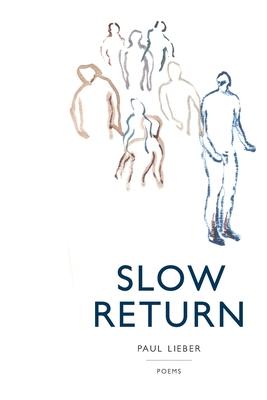Paul Lieber's "slow return" refers to his slow return to his 20's and perhaps a slow return to sanity from political turmoil of the 1960's, drugs, and a romanticized notion of suicide, all prompted by photos he discovered in "Anarchy, Protest and Rebellion." His humor, flirtations with art, women, characters, (some famous, some infamous) protests and his pursuit of acting find images and events in his third collection of poetry. It's his point-of-view that's so arresting, his ability to go beyond the ekphrastic, to parse his past, glean details, and ultimately translate into poetry his interactivity with this book. He not only describes photos, but enters them. His keen eye for his surroundings along with the keen eye of the photographer, Fred McDarrah set up a tandem that moves, surprises, and welcomes the reader to the complexity and intimacy of a life and time.

Paul Lieber's "slow return" refers to his slow return to his 20's and perhaps a slow return to sanity from political turmoil of the 1960's, drugs, and a romanticized notion of suicide, all prompted by photos he discovered in "Anarchy, Protest and Rebellion." His humor, flirtations with art, women, characters, (some famous, some infamous) protests and his pursuit of acting find images and events in his third collection of poetry. It's his point-of-view that's so arresting, his ability to go beyond the ekphrastic, to parse his past, glean details, and ultimately translate into poetry his interactivity with this book. He not only describes photos, but enters them. His keen eye for his surroundings along with the keen eye of the photographer, Fred McDarrah set up a tandem that moves, surprises, and welcomes the reader to the complexity and intimacy of a life and time.